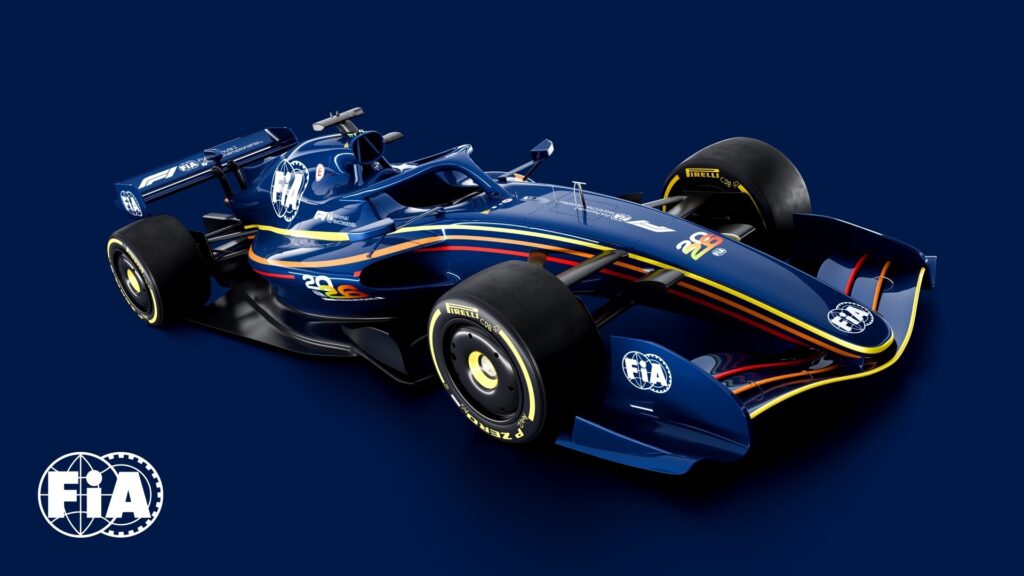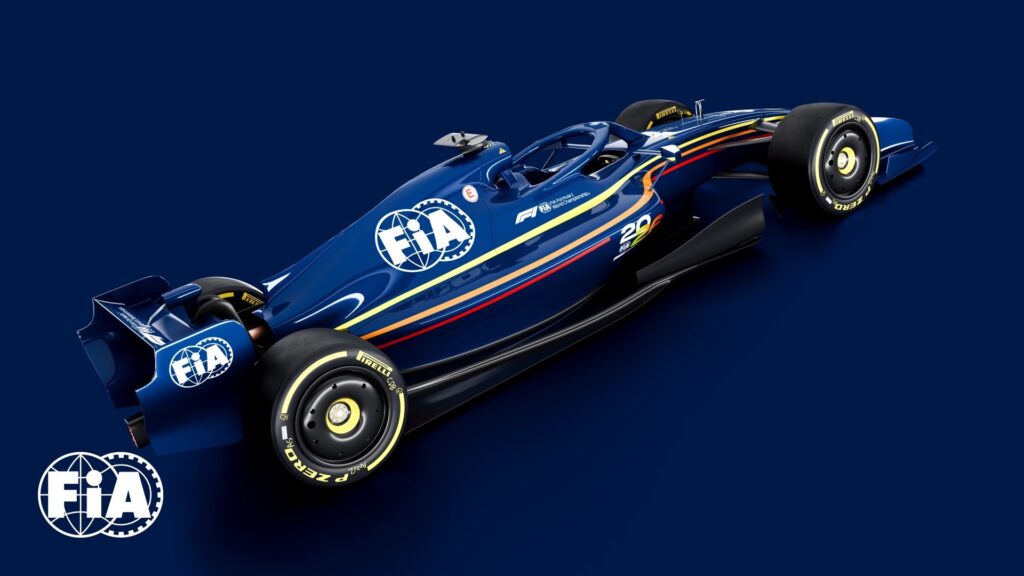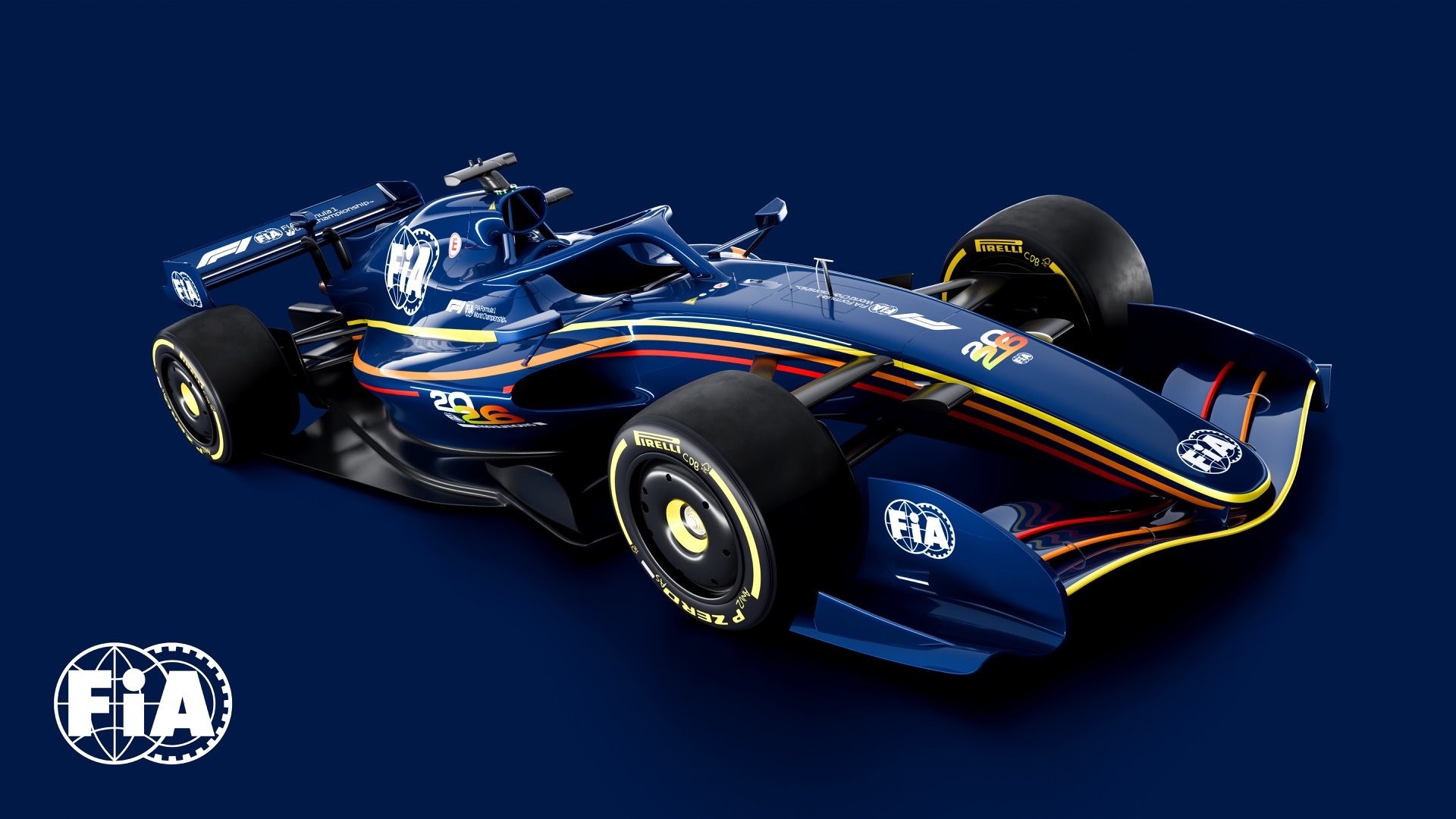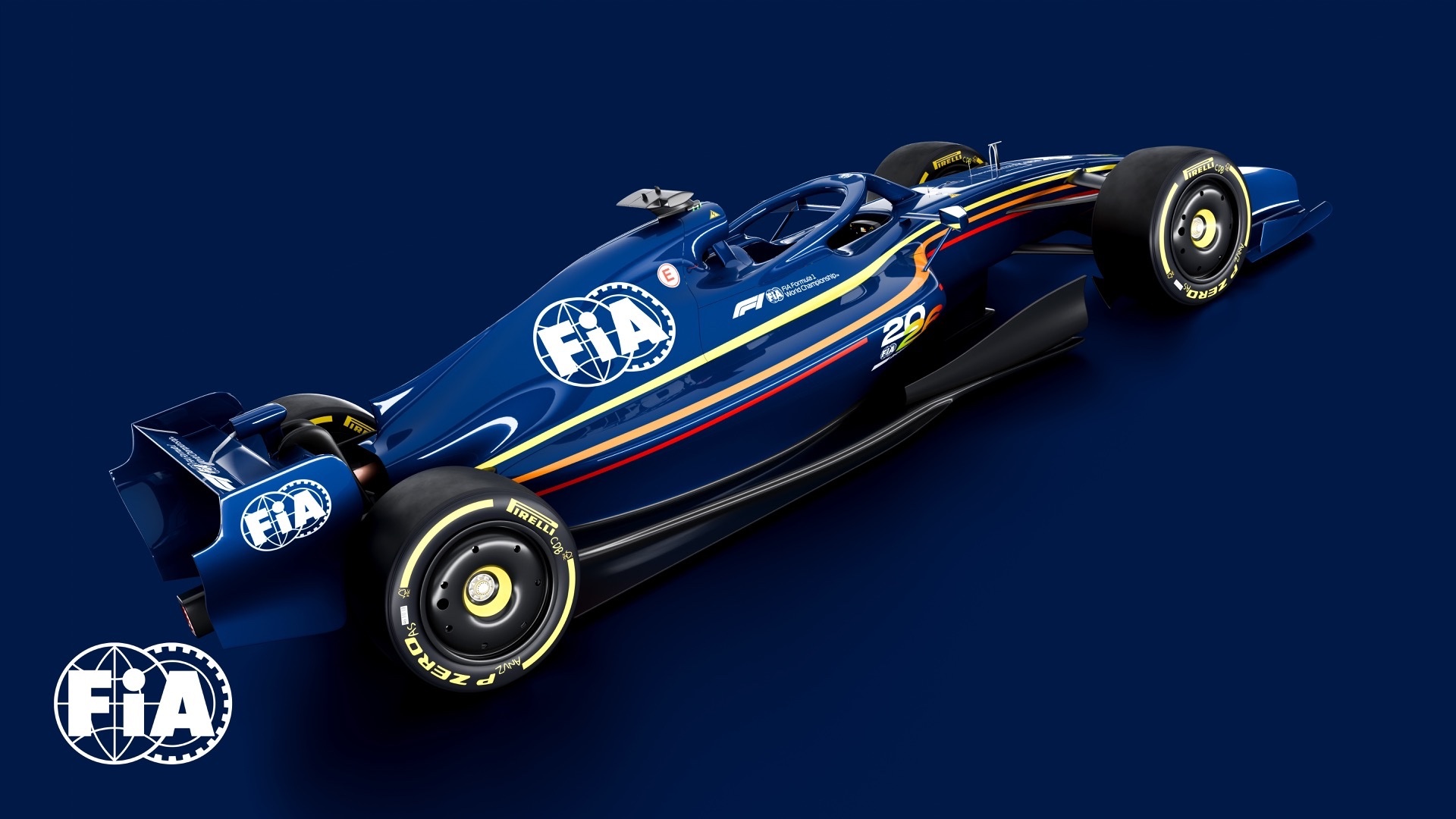- New rules will see smaller and lighter cars, with the FIA (F1’s governing body) aiming for more agile cars, with 30 percent less downforce and 55 percent less drag.
- Engine rules have been revised to increase electrical power, including new overtaking mode.
- The Drag Reduction System (DRS) has been scrapped for 2026, but active aero can be driver-activated around the track.
Being in charge of Formula 1 must be a tricky business. You have to ensure the safety of cars, drivers, and fans. Business interests, like any sport, are critical for the smooth running of the operation. You need to entice new engine manufacturers while ensuring the current ones don’t leave.
Read: F1 Driver Lando Norris’ Other Car Is A Roofless Land Rover Defender With A Pizza Oven
Environmental concerns are highlighted more now than at any point in the sport’s history. And, perhaps above all else, you have an ever-growing base of fans who are keen to see more of a “spectacle.”
While we can debate for days whether Liberty Media or the FIA are hitting those targets, the sport’s spectacle—the on-track action itself—is hopefully being addressed with a new set of aerodynamic rules for 2026, the specifics of which were released this week.
The aim is to have, in the FIA’s words, an “agile, competitive, safer and more sustainable” set of regulations. A key goal of that is to make racing closer. We’ve known about the simplified engine formula that will come into play in 2026, but the latest reveal is the first time we’ve seen significant strides the sports governing body is making with the cars’ chassis designs.
More Agile
The biggest change you’ll notice is cars that are far smaller than the outgoing ones. Drivers and spectators alike complain that the current set of rules resulted in cars that are too big—a problem that is especially highlighted at some of F1’s historic tracks. Smaller cars should mean it’s easier to pass on tighter circuits, such as Monaco and Imola.
Under the new 2026 regulations, the maximum wheelbase has been reduced by 200mm (7.9 inches) to 3400mm (133 inches) while the width has been cut by 100mm (3.9 inches) to 1900mm (74.8 inches).

It’s not just the size of the chassis that has been looked into, with tires also getting smaller. The 18-inch diameter of the wheels will remain the same, but the width of the front tires will be shaved by 25 mm (0.98 inches), and the rears by 30 mm (1.18 inches). The cars will be noticeably lighter too with the minimum weight cut by 30 kg (66 lbs) to 768 kg (1,693 lbs)
Less Downforce, Moveable Aero
The new aero regulations will bid goodbye to the sports Drag Reduction System (DRS), which is used to activate a flap in the rear wing to allow cars within one second of each other in a predetermined zone to better overtake on a straight.
Although the specific DRS element is going away, the concept of active aero is being embraced in a big way. Cars will have moveable front and rear wings that can open on straights to allow for higher speeds and close under braking to increase downforce. Unlike DRS, the moveable aero won’t be used as an overtaking aid, as drivers will activate the system when they want to around the track.
See Also: McLaren Pays Tribute To Ayrton Senna With New F1 Livery And Hand-Painted Supercar
Meanwhile, the cars’ front wing will be 100mm (3.9 inches) narrower, and the rear wing will be simplified with one less lower beam. The front wheel arches will be removed, and the floor will become partially flat with a lower-powered diffusor in order to avoid some of the necessity of ultra-stiff low-running setups that take advantage of ground effects.
All in all, the FIA says that new regs will reduce downforce by 30 percent and drag by 55 percent.
More Power, New Overtaking Aid

F1 mentions its record number of Power Unit suppliers for the 2026 season, which will include Ferrari, Mercedes-AMG, and Renault, while they’ve also been able to tempt back Honda (who will partner with Aston Martin) as well as Audi entering a full works team, and Ford joining hands with Red Bull Powertrains. GM’s interest with Cadillac was, unsurprisingly, missed off of the official press release.
Regardless, one of the big reasons the sport has been able to attract so many suppliers is the simplified engine formula. Gone is the complicated MGU-H unit, while electrical energy from the hybrid system will increase from 120 kW (160 hp / 163 PS) to 350 kW (469 hp / 475 PS). The downside is that power from the combustion engine, which will remain a 1.6-liter V6, will drop from 560 kW (750 hp / 761 PS) to 400 kW (536 hp / 544 PS).
While DRS has been removed, there’s still an overtaking aid, this time in the form of a new way to deploy a car’s electrical energy. Although not yet specified, it will presumably work in a similar manner, with vehicles following within a second able to unlock an extra boost of electric power. While the car in front will have its electrical energy deployment taper off over 290 km/h (180 mph), the following driver will be granted an override that provides 350 kW (469 hp / 476 PS) up to 337 km/h (209 mph).
Safety and Sustainability
The chassis will become stronger from 2026, with more stringent protection required for driver safety cages and the fuel cell area. A new two-stage nose design will also improve the front cell structure’s ability to remain attached after an impact, allowing for subsequent protection.
F1 will also transition to fully sustainable fuel, with the selected fuel being 100 percent “drop-in”—meaning it can be used in any ICE-powered vehicle. This is in line with the FIA’s objective of achieving net zero carbon by 2030.
The next step will be for the rules to be ratified by the World Motor Sport Council on June 28.








